circulating tumor cells half life dna
Circulating tumor DNA can be detected. CellSearch test able to monitor prostate cancer breast and metastatic colorectal cancers.
Cell-free DNA from nonmalignant cells is released by apoptosis.
. Most cell-free tumor DNA is derived from apoptotic andor necrotic tumor cells either from the primary tumor metastases or CTCs. Liquid biopsy refers to the analysis of circulating tumor DNA ctDNA or circulating tumor cells CTCs as methods of noninvasively characterizing tumors and tumor genome from the peripheral blood. Circulating tumor cells can then be detected using immunologic molecular or functional assays.
Circulating tumor DNA ctDNA has a very short half-life in peripheral blood approximately 15 to 2 hours only. However since cfDNA has a short half-life ranging from only 16 minutes to 2 hours and ctDNA lasts about 15 hours it is vital to quickly distinguish ctDNA from other cell free DNA during molecular analysis Chang et al. The half-life of a CTC in the bloodstream is short 1-2 hours and CTCs are cleared.
Intact CTCs are released from a primary tumor andor a metastatic site into the bloodstream. CIRCULATING TUMOR CELLS. Circulating tumor DNA can be used for genomic characterization of the tumor.
During the process of tumor apoptosis necrosis or active release cell-free DNA cfDNA is released into the bloodstream. Circulating tumor DNA ctDNA is the portion of circulating DNA specifically derived from cancer cells and is similarly present both unbound and bound to leukocytes and erythrocytes. The half-life of a CTC in the bloodstream is short 1-2 hours and CTCs are cleared through.
Circulating Tumor DNA Normal and tumor cells release small fragments of DNA into the blood which is referred to as cell-free DNA. CtDNA is derived from a fraction of total cfDNA and the half-life of ctDNA in the blood circulation is less than 2 h. Circulating tumor cells CTCs obtained via liquid biopsy can provide tumor DNA RNA and protein information that can aid in the diagnosis prognosis and treatment of patients.
Circulating Tumor DNA Normal and tumor cells release small fragments of DNA into the blood which is referred to as cell-free DNA. Circulation or circulating tumor cells CTCs. Circulating Tumor Cells CTCs Circulating tumor cells CTCs are cells whose source is unknown and is proposed that these cells broken away from tumor tissue and are circulating in the bloodstream.
These cells can generate larger DNA fragments due to incomplete and random digestion of genomic DNA. CtDNA is about 140 nt in length and has a half-life of about 15 h. The half-life of a CTC is short 1-2 hours as they are cleared from the blood stream through extravasation into secondary organs.
Circulating tumor DNA ctDNA is tumor -derived fragmented DNA in the bloodstream that is not associated with cells. Estimated half life of CTCs is less than 3 hours Meng S. There have been many recent studies and advances in using CTC enumeration characterization and expansion to provide personalized cancer treatment validating the.
Clinically occult tumor cells are released from the original tumor before and during surgical maneuvers. Both the concentration of ctDNA and the number of somatic alterations found within a sample have been implicated in some studies as a surrogate for tumor stage and size as well as tumor aggressiveness 121314. This characteristic along with its.
Because ctDNA may reflect the entire tumor genome it has gained traction for its. CtDNA should not be confused with cell-free DNA cfDNA a broader term which describes DNA that is freely circulating in the bloodstream but is not necessarily of tumor origin. Etic cell death5-11Shedding of tumor DNA is highly variable and the fraction of plasma ctDNA can range from as low as.
CtDNA consists of short DNA fragments 150200 base pairs. A more precise term then when referring to unbound ctDNA in the plasma would be tumor-derived cfDNA. CTCs are rare in healthy individuals but often present in people with metastatic cancer.
Circulating tumor DNA ctDNA can be used for genomic characterization of the tumor. Abstract Circulating cell-free tumor DNA ctDNA in the blood is DNA released from apoptotic circulating and living tumor cells. Changes in ctDNA can be used to monitor tumors dynamically 11.
CfDNA from nonmalignant cells is released by apoptosis. Between apoptotic and necrotic origin. Circulating Tumor DNA Normal and tumor cells release small fragments of DNA into the blood which is referred to as cell-free DNA cfDNA.
204141 Circulating Tumor DNA and Circulating Tumor Cells for Cancer Management Liquid Biopsy Page 4 of 20 Reproduction without authorization from Blue Shield of California is prohibited properties size density electric charge. The half-life of ctDNA ranges from 30 min to two hours. Most cell-free tumor DNA is derived from apoptotic andor necrotic tumor cells either from the primary tumor metastases or CTCs.
CtDNA analysis provides a noninvasive means to.

Circulating Tumor Dna Ctdna And Cancer Biochain Institute Inc

Cell Free Dna Cfdna Origins Cfdna Is Released By Normal Cells And Download Scientific Diagram

Blood Based Cancer Biomarkers In Liquid Biopsy Ctc Circulating Tumor Download Scientific Diagram

Circulating Tumor Markers Harmonizing The Yin And Yang Of Ctcs And Ctdna For Precision Medicine Annals Of Oncology

The Potential Of Liquid Biopsies In Gastrointestinal Cancer Sciencedirect
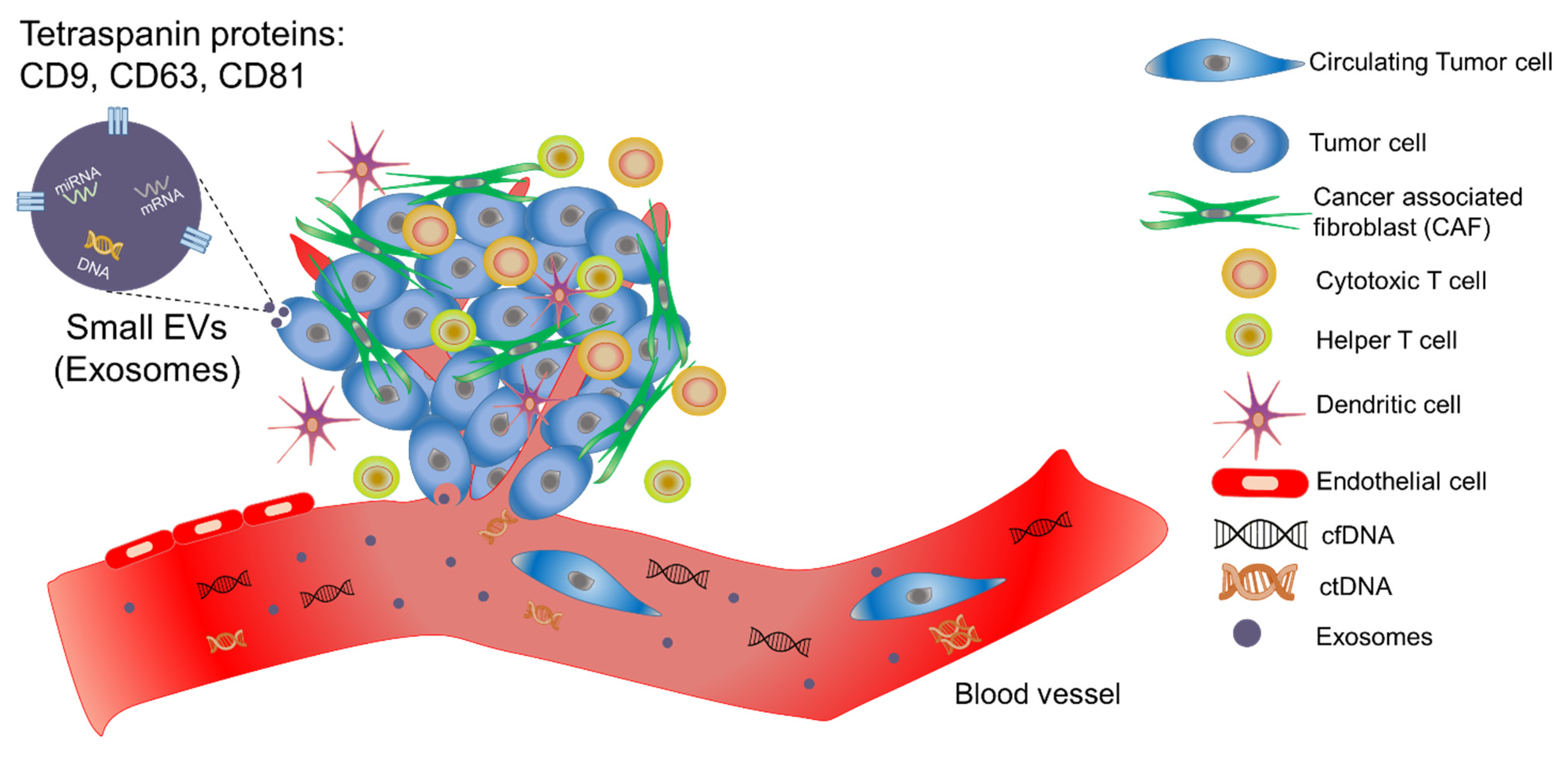
Cancers Free Full Text Recent Advances In Device Engineering And Computational Analysis For Characterization Of Cell Released Cancer Biomarkers Html
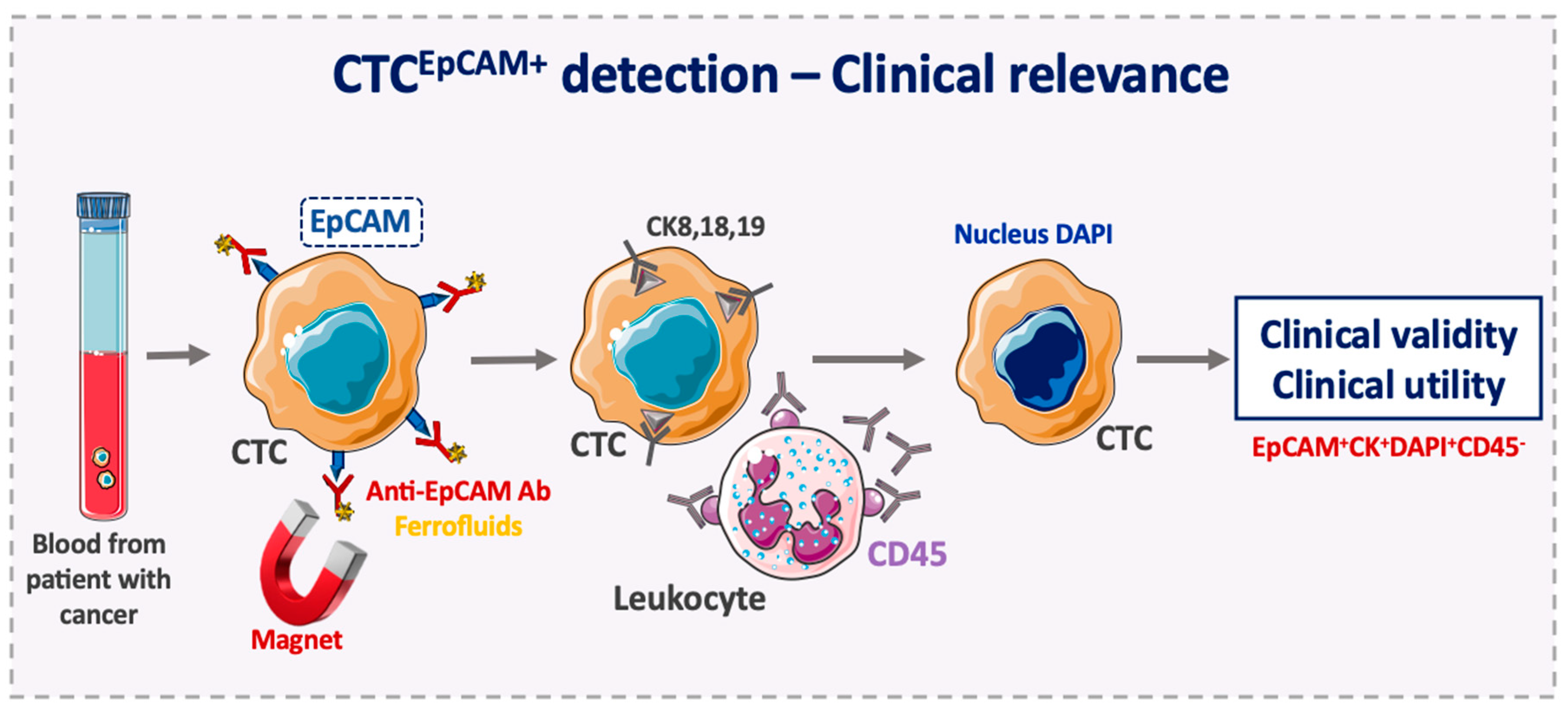
Cells Free Full Text Epithelial Cell Adhesion Molecule An Anchor To Isolate Clinically Relevant Circulating Tumor Cells Html

Cell Free Circulating Tumor Dna Profiling In Cancer Management Trends In Molecular Medicine
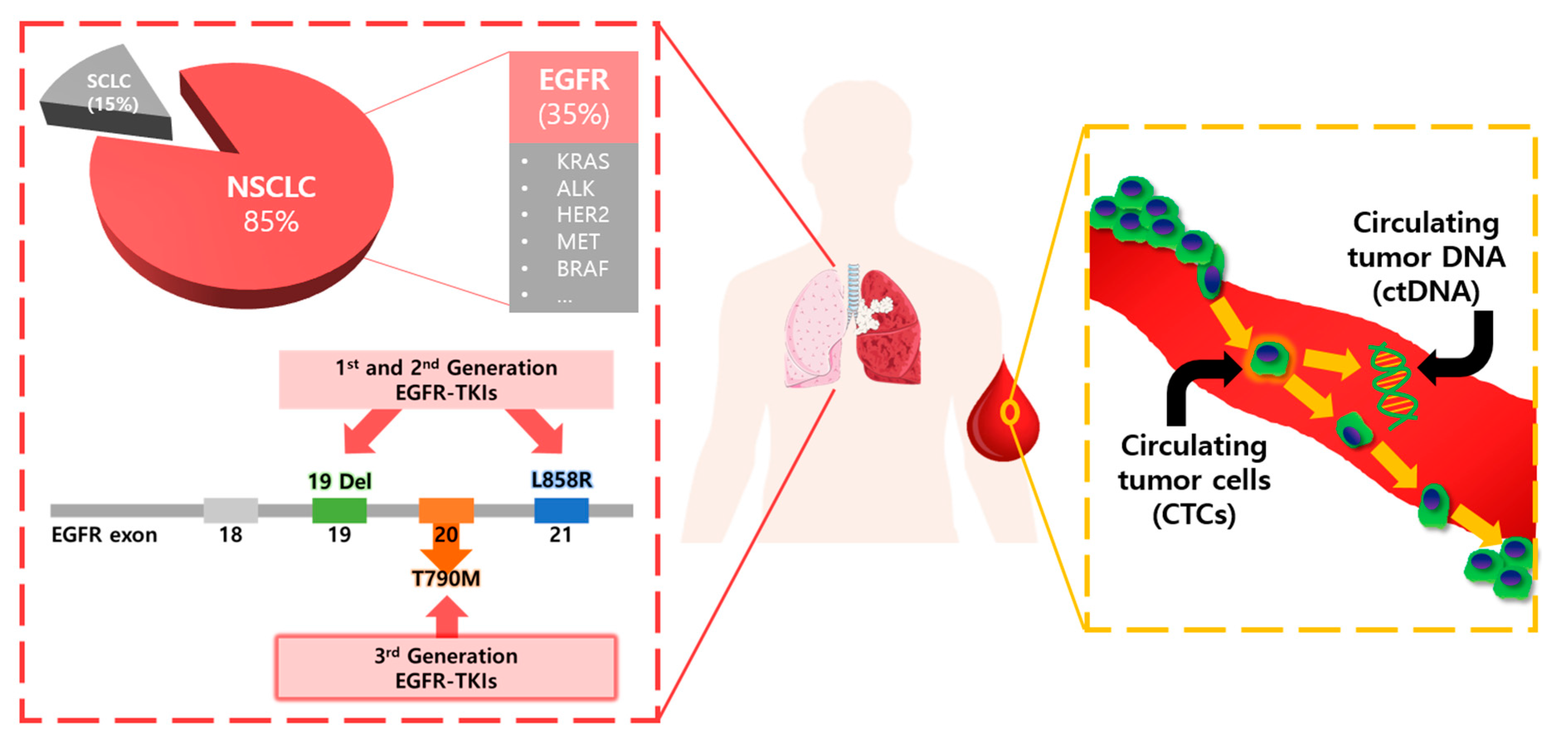
Micromachines Free Full Text Liquid Biopsy In Lung Cancer Clinical Applications Of Circulating Biomarkers Ctcs And Ctdna Html
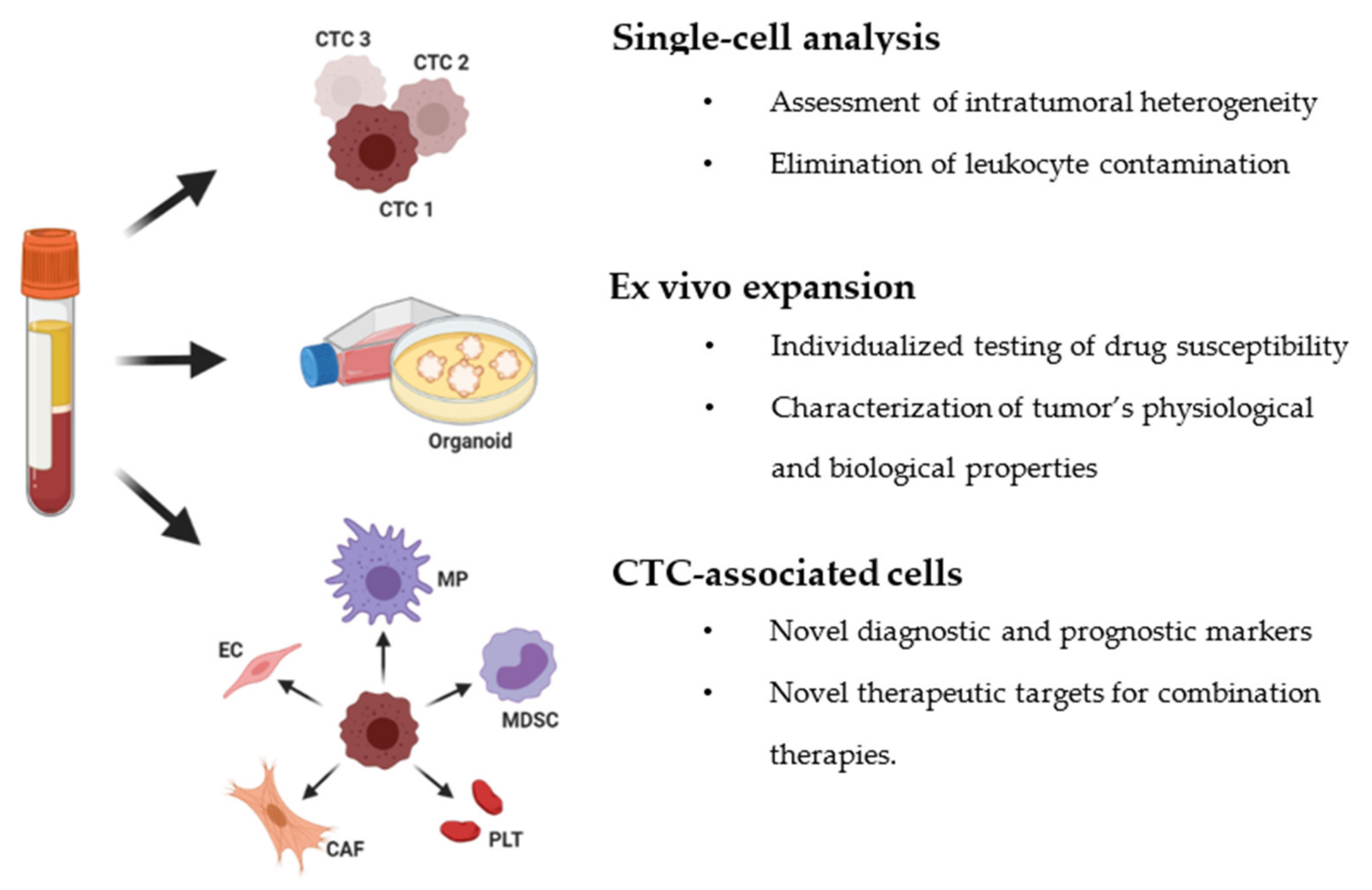
Cancers Free Full Text Circulating Tumor Cells From Enumeration To Analysis Current Challenges And Future Opportunities Html
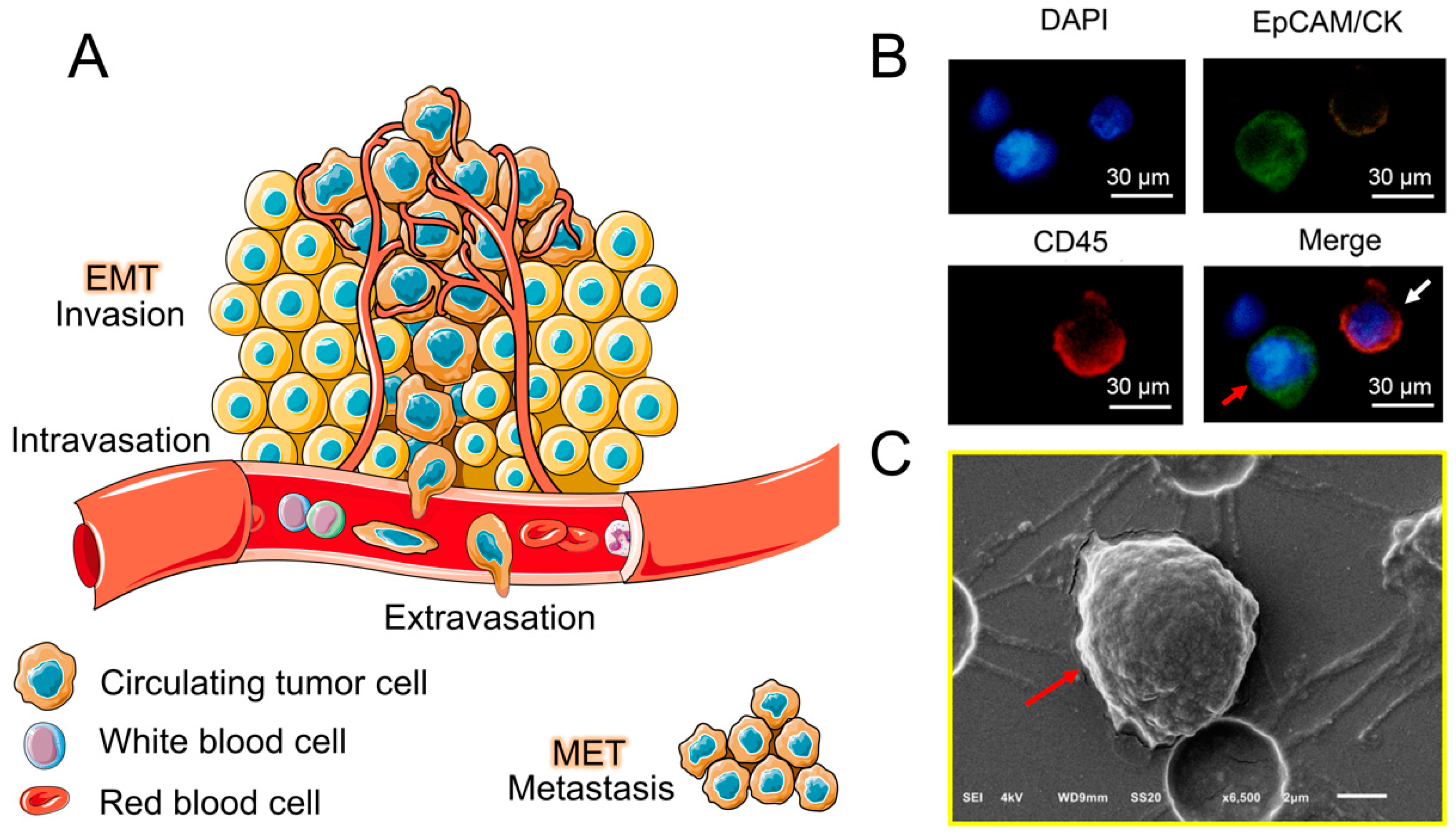
Sensors Free Full Text Electrochemical Detection And Point Of Care Testing For Circulating Tumor Cells Current Techniques And Future Potentials Html
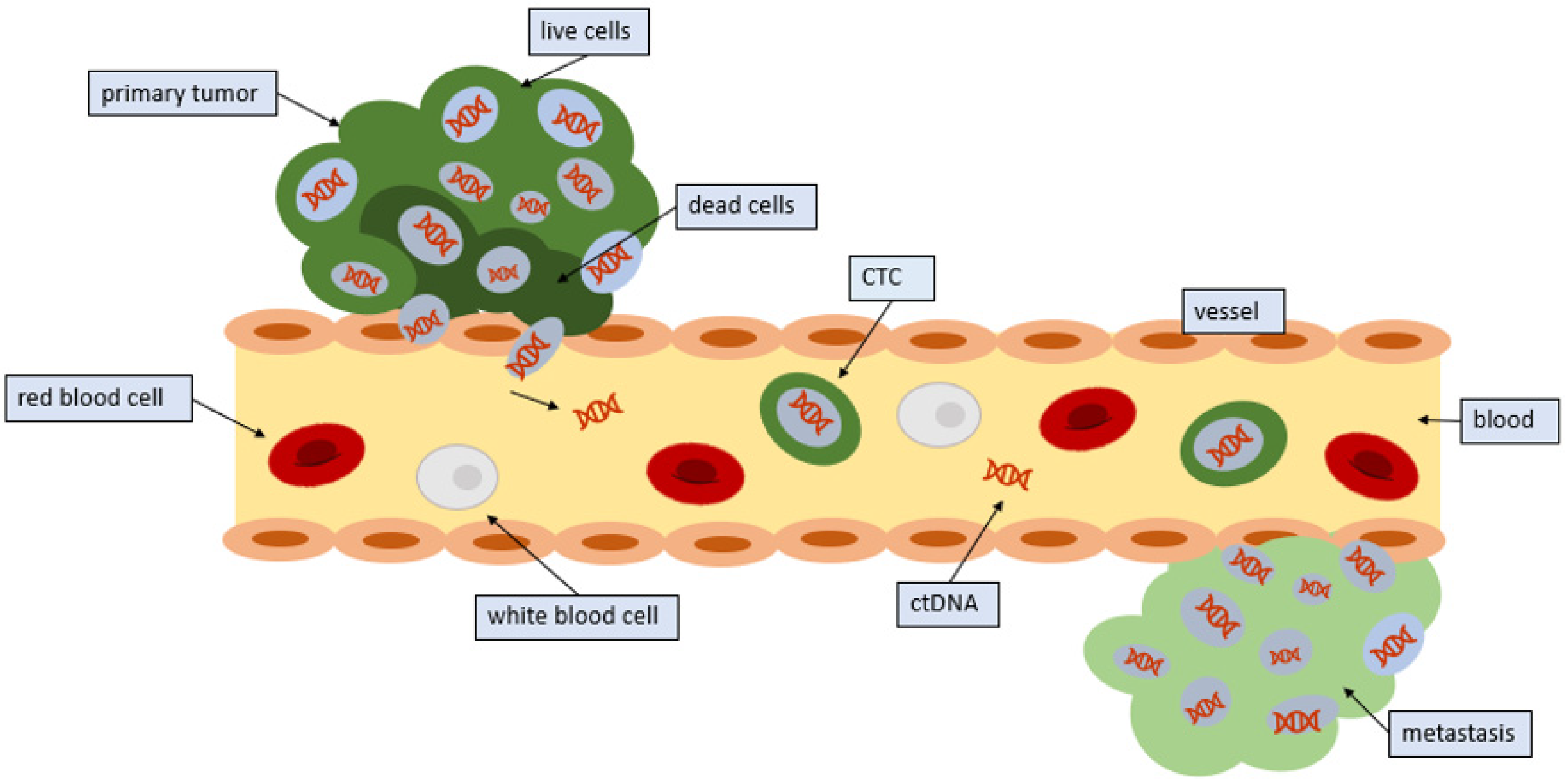
Cancers Free Full Text Circulating Tumor Cells From The Laboratory To The Cancer Clinic Html
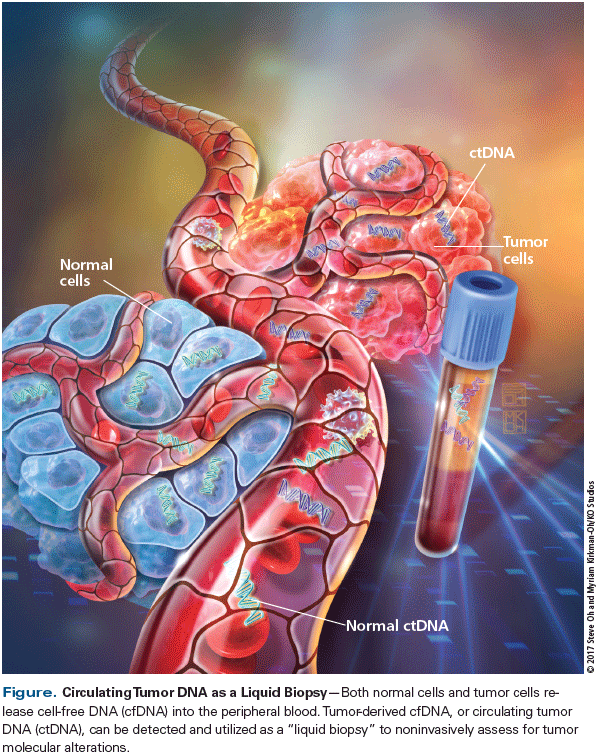
Circulating Tumor Dna As A Liquid Biopsy Current Clinical Applications And Future Directions

Cell Free Dna And Apoptosis How Dead Cells Inform About The Living Trends In Molecular Medicine

Cell Free Dna And Apoptosis How Dead Cells Inform About The Living Trends In Molecular Medicine

Ijms Free Full Text Circulating Cell Free Dna And Colorectal Cancer A Systematic Review Html
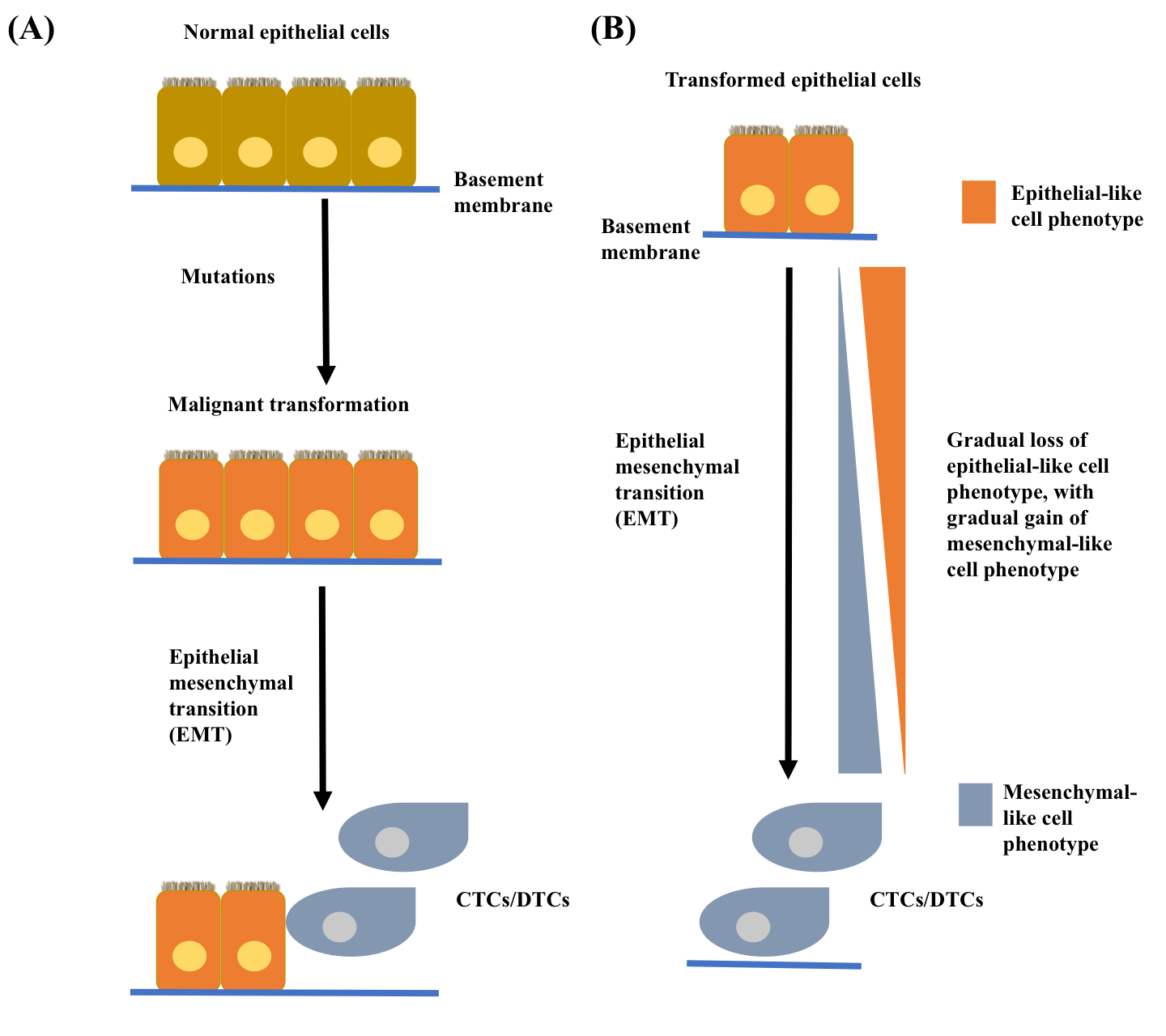
Comments
Post a Comment